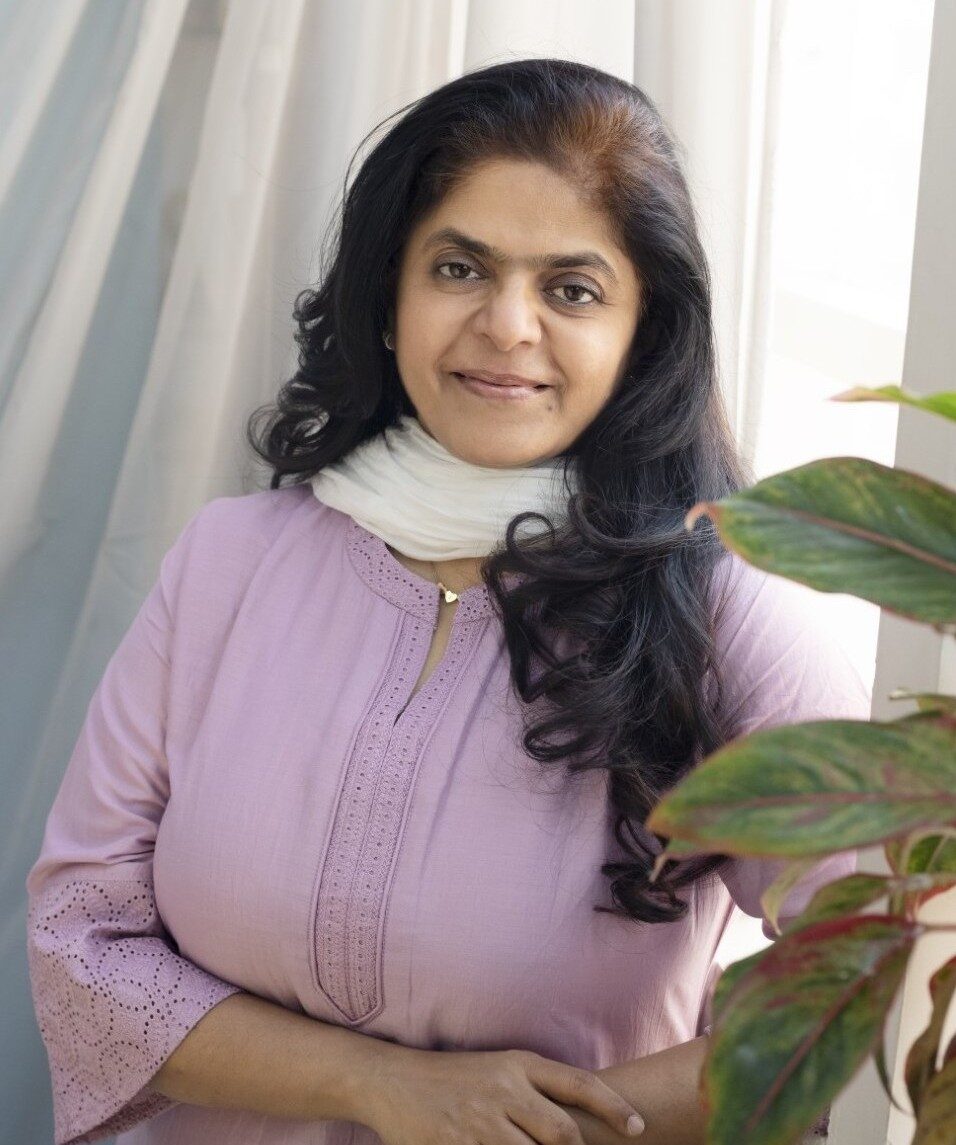About the Masterclass - Yasmin NeuroDynamic Aftercare (YNDA) Protocol
Rethinking Frenotomy Aftercare through Neuromodulation & Gentle Healing
Are you supporting families experiencing confusion, trauma, and overwhelm due to aggressive frenotomy aftercare protocols? Have you questioned why some babies stop latching or experience ongoing bleeding, despite careful compliance?
What if you could confidently offer families a scientifically-informed, gentle approach that moves beyond stretches—one that harnesses the nervous system’s innate wisdom, encourages true healing, and prevents any oral aversion and supports return to breastfeeding?
Introducing the Yasmin NeuroDynamic Aftercare (YNDA)—a revolutionary Teach-the-Trainer masterclass deeply rooted in neuroscience, fascial dynamics, and the profound science of biodynamic neuromodulation.
This isn’t just another aftercare method—it’s an empathetic, intelligent protocol designed to honor the infant’s nervous system, engage rather than disrupt fascia, and optimize wound healing.
Who Should Attend?
- Lactation Counsellors & IBCLCs
- Paediatricians, Dentists & Oral Surgeons
- Parents who wish to understand more about wound healing and engaging aftercare protocols
- Professionals passionate about changing frenotomy aftercare into a positive, healing experience
What You Will Learn – 5 Core Takeaways
- Neurology of Gentle Healing & Fascia Dynamics: Deepen your understanding of sensory mechanoreceptors of the Fascia which communicate directly with the autonomic nervous system to support gentle yet a biodynamictrauma-free wound healing.
- Debunking Aggressive Stretching Protocols: Explore why forceful stretching practices are not only ineffective but potentially harmful—causing ongoing trauma, wound bleeding, neurological stress, refusal to breastfeed, oral aversions and even scar tissue formation or reattachment.
- The YNDA Protocol – A Neuromodulatory Approach: Learn step-by-step NeuroDynamic protocol, incorporating gentle tapping, glide techniques, and subtle pressure shifts—engaging intelligently with fascia rather than fighting it.
- Fluid Dynamics and Biological Healing: Master the biological reasons why gentle, dynamic, rhythmic touch and tapping support optimal tissue hydration, circulation, lymphatic drainage, and accelerated, comfortable healing.
- Communicating Calm to Baby’s Nervous System: Understand how two intelligent nervous systems (mother & baby) communicate through responsive, respectful, gentle movements—facilitating trust, relaxation, and deeply integrated healing.
Course Highlights – Why YNDA is Unlike Anything Else
- Neurological Respect: Move beyond mechanical stretches to directly engage the baby’s intelligent neurological and fascial system, optimizing healing at its source.
- Root Cause Healing: Address the underlying neurological triggers for latch refusal, pain, and tissue trauma by creating safety, comfort, and trust through ANS regulation.
- Dynamic, Responsive Approach:: YNDA is not prescriptive but deeply responsive—adjusting touch, pressure, and pace according to the baby’s signals, promoting comfort and stress-free healing.
- Emotionally Empowering for Families: Provide clear reassurance, emotional safety, and clarity for parents, reducing anxiety and compliance-related trauma around frenotomy aftercare.
- Immediately Practical Techniques: Equip yourself with simple, elegant, and powerful neuromodulatory methods you can apply instantly in clinical practice, hospital, or home settings.
Top 5 Frequently Asked Questions (FAQs)
How does YNDA differ from traditional frenotomy aftercare?
Traditional aftercare relies heavily on stretching and opening of the wound repeatedly, risking continuous trauma. YNDA gently stimulates the nervous and fascial systems to regulate the autonomic nervous system, supporting trauma-free, comfortable, and effective healing.
Why is neurobiology are muscle spindles and Golgi tendon organs important in healing?
These sensory receptors provide critical neuromuscular feedback to the nervous system. Engaging them gently supports healing by promoting relaxation, preventing trauma, reducing pain, and improving fluid circulation in the healing tissues.
Will this approach prevent reattachment effectively?
Absolutely. Gentle neuromodulation creates balanced tension within tissues, reducing inflammation, minimizing trauma, and naturally preventing reattachment without aggressive, traumatic stretching.
Is this safe to use immediately after the procedure?
Yes. The YNDA protocol is gentle, neurologically-informed, and designed for immediate post-procedure use—safely guiding healing from the very beginning.
How does this help babies who refuse to latch after frenotomy?
Latch refusal often results from overstimulation, pain, and stress. YNDA’s gentle approach calms the nervous system, restores trust, relaxes tissues, and promotes a comfortable return to breastfeeding.

Meet your Faculty — Effath Yasmin
- International Board Certified Lactation Consultant (IBCLC)
- Registered Biodynamic Craniosacral Practitioner
- Globally recognized for groundbreaking work on Infant Oral Ties, Cranial Nerve Dysfunction, and Trauma-informed Lactation Support
- 14+ years transforming advanced breastfeeding journeys from pain, stress, and frustration to calmness, ease, and confidence
Yasmin’s guiding principle:
“Healing is always a gentle, respectful dialogue between two intelligent nervous systems—not one overpowering the other.”
Ready to Become the Professional Who Transforms Frenotomy Aftercare into Calm, Safe, and Gentle Healing?
Master the art and science of the YNDA Protocol, restore breastfeeding confidence, and guide families from trauma and fear into true, gentle healing.
Limited Seats Available – Reserve Yours Now!

